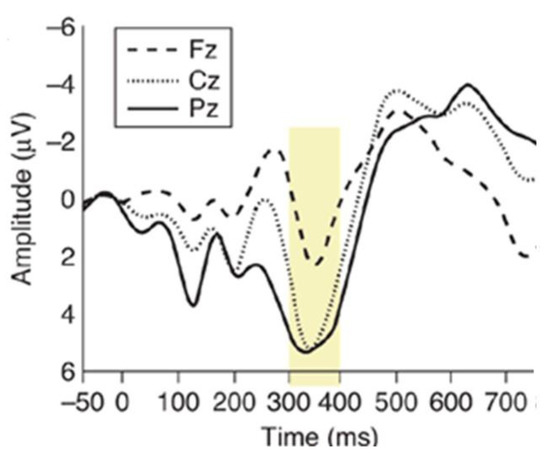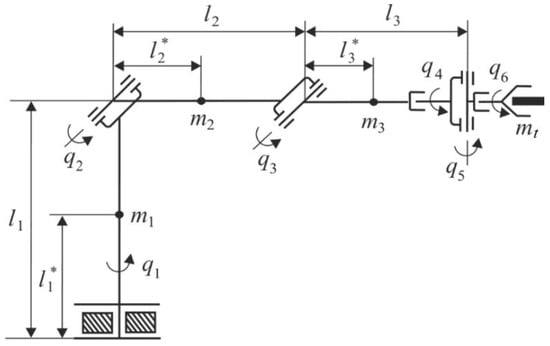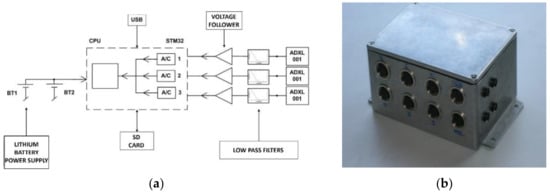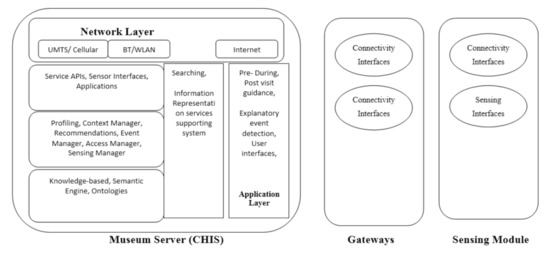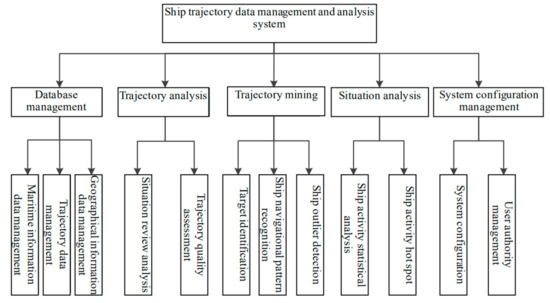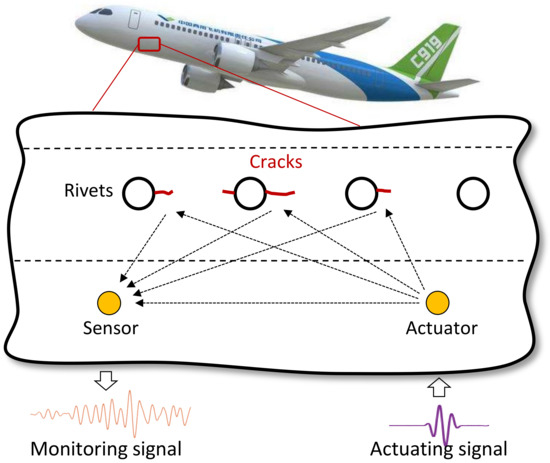Department of Medical and Surgical Sciences, Magna Graecia University, Viale Europa, 88100 Catanzaro, Italy
Sensors 2022, 22(1), 318; https://doi.org/10.3390/s22010318 - 1 Jan 2022
Cited by 7 | Viewed by 4103
Abstract
Brain-computer interfaces (BCI) can detect specific EEG patterns and translate them into control signals for external devices by providing people suffering from severe motor disabilities with an alternative/additional channel to communicate and interact with the outer world. Many EEG-based BCIs rely on the
[...] Read more.
Brain-computer interfaces (BCI) can detect specific EEG patterns and translate them into control signals for external devices by providing people suffering from severe motor disabilities with an alternative/additional channel to communicate and interact with the outer world. Many EEG-based BCIs rely on the P300 event-related potentials, mainly because they require training times for the user relatively short and provide higher selection speed. This paper proposes a P300-based portable embedded BCI system realized through an embedded hardware platform based on FPGA (field-programmable gate array), ensuring flexibility, reliability, and high-performance features. The system acquires EEG data during user visual stimulation and processes them in a real-time way to correctly detect and recognize the EEG features. The BCI system is designed to allow to user to perform communication and domotic controls.
Full article
(This article belongs to the Special Issue Integrated Circuits and Technologies for Real-Time Sensing)
▼
Show Figures

